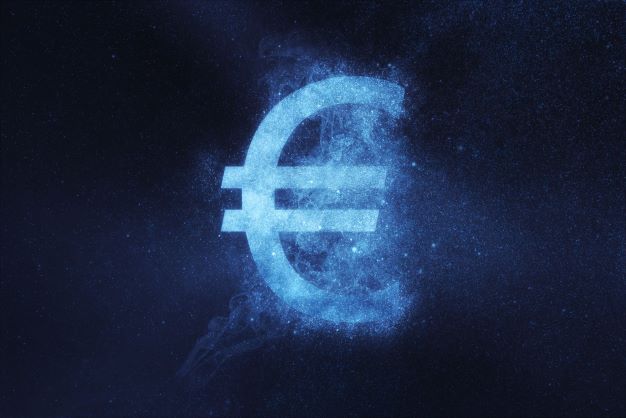
Daily Market Analysis and Forex News
ECB sinks EURUSD yet again!

EURUSD was hurled about on Thursday by the European Central Bank’s latest policy signals (or rather, the lack thereof).
Most of the gains came immediately following the release of the ECB’s policy statement (more on that later).
However, as ECB President Christine Lagarde began addressing questions from the media at her press conference, EURUSD then unwound all of its gains and was dragged back below the 1.070 mark.

Before we dissect what did or did not come out of the ECB today, first, a quick refresher …
What is the ECB and what does it do?
The ECB is the central bank of all 19 countries that use the euro as its currency.
It’s main job, at least the most pressing one at hand, is to “maintain price stability”.
The means the ECB has to make sure that inflation remains “low, stable, and predictable”, so as to protect the purchasing power of European consumers.
Welp, that obviously hasn’t been happening lately.
Inflation, as measured by the consumer price index a.k.a. CPI, surged to a new record high of 8.1% in May.
That’s FOUR times higher than the ECB’s goal of having inflation average at 2%.
In short, the ECB has to act … pronto!
Here’s what the ECB announced today:
- Even though the ECB left interest rates untouched at negative 0.5% at today’s meeting, it has cemented expectations for a 25 basis point hike at its next meeting in July.
That would be its first rate hike since July 2011.
- The ECB is set to hike rates again at its September meeting.
However, policymakers left the door open for a larger 50 basis points hike (as opposed to usual adjustments of 25 basis point in one go) if Euro-zone inflation persists.
Recall that a central bank’s main tool for slowing inflation is to raise interest rates.
Initially, markets took the above-listed announcements as a “hawkish” signal.
“Hawkish” = the ECB is finally raring to go in raising rates!
It’s about time that the ECB joins the 60+ other central banks around the world that have already done so.
Also, the ECB announced today that it will stop net buying of assets by July.
As such, European bond yields climbed higher, with markets also ramping up their bets on how high the ECB will send its benchmark rate before 2022 is over.
Markets now expect that the ECB will hike by 150 basis points over the remainder of the year (as opposed to the 132 basis points that were priced in before today's ECB meeting).
That implies a good chance of a larger-than-usual 50 basis point hike (as opposed to run-of-the-mill adjustments of 25 basis points at a time) in at least one of its remaining four policy meetings scheduled before 2023 rolls along.
Now, if we left things at that … all the above would imply a stronger euro.
And to be fair to euro bulls, the shared currency did strengthen … at first.
But things apparently didn’t end there.
Why did the euro then weaken against the US dollar?
Raising interest rates also carries with it potential negative spillover effects on the broader economy.
The ECB has to be wary about the bond yields in weaker member nations (consider the likes of Greece, Portugal, and Italy) rising too high too fast. That could pose severe financial risks to these weaker economies in the south.
Perhaps more worryingly for markets, during today’s press conference, ECB President Lagarde failed to address how the ECB specifically plans to constrain such “fragmentation risks”.
In fewer words, the ECB seemed content in kicking the can down the road, with policymakers only willing to address this potential problem later rather than sooner.
Hence, markets were willing to unravel the euro’s gains as their collective worries about the Eurozone’s economic prospects were left un-soothed.
So where does all this leave the euro?
EURUSD has all to do to break out of its downtrend that has persisted over the past 12 months.

Although the ECB is on the cusp of raising interest rates, a situation that typically heralds more currency gains, markets remain worried about the Eurozone’s economic prospects.
As such, the euro is likely to find it tough to recover meaningfully against the US dollar.
That is, unless the dark clouds dissipate over the EU’s economic outlook, noting of course there’s still a war raging off to its eastern border which is showing still no signs of abating.
READ MORE: April 2022 - Three words that sank the euro
Ready to trade with real money?
Open accountChoose your account
Start trading with a leading broker that gives you more.